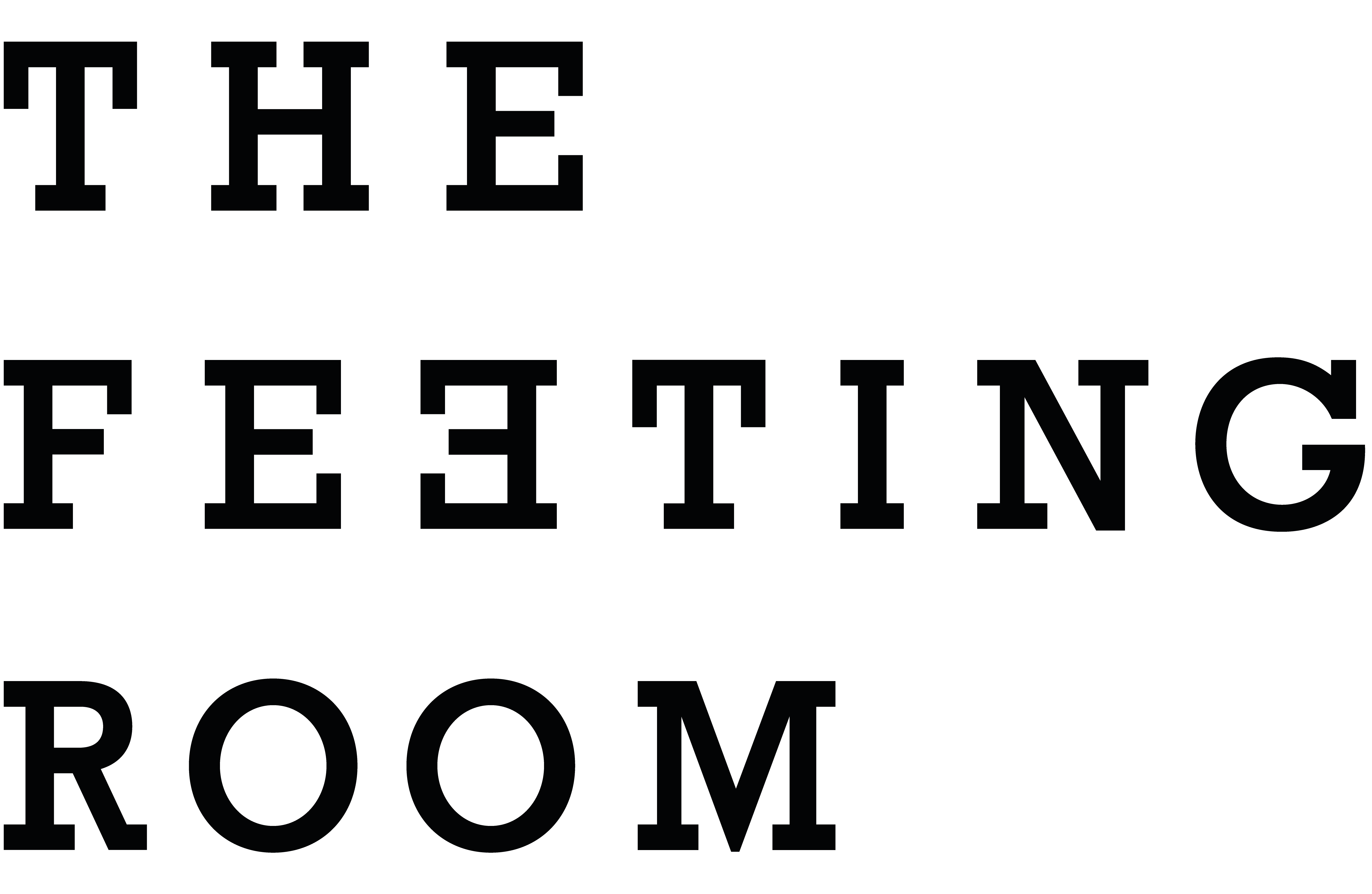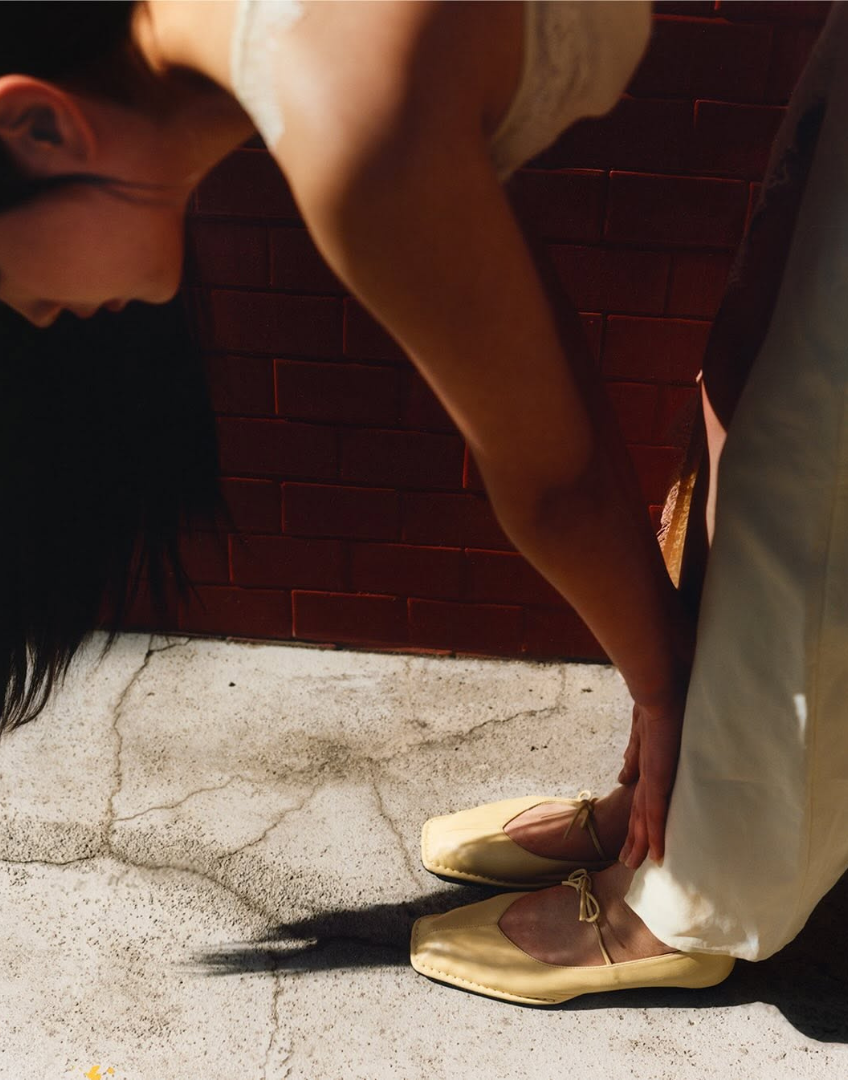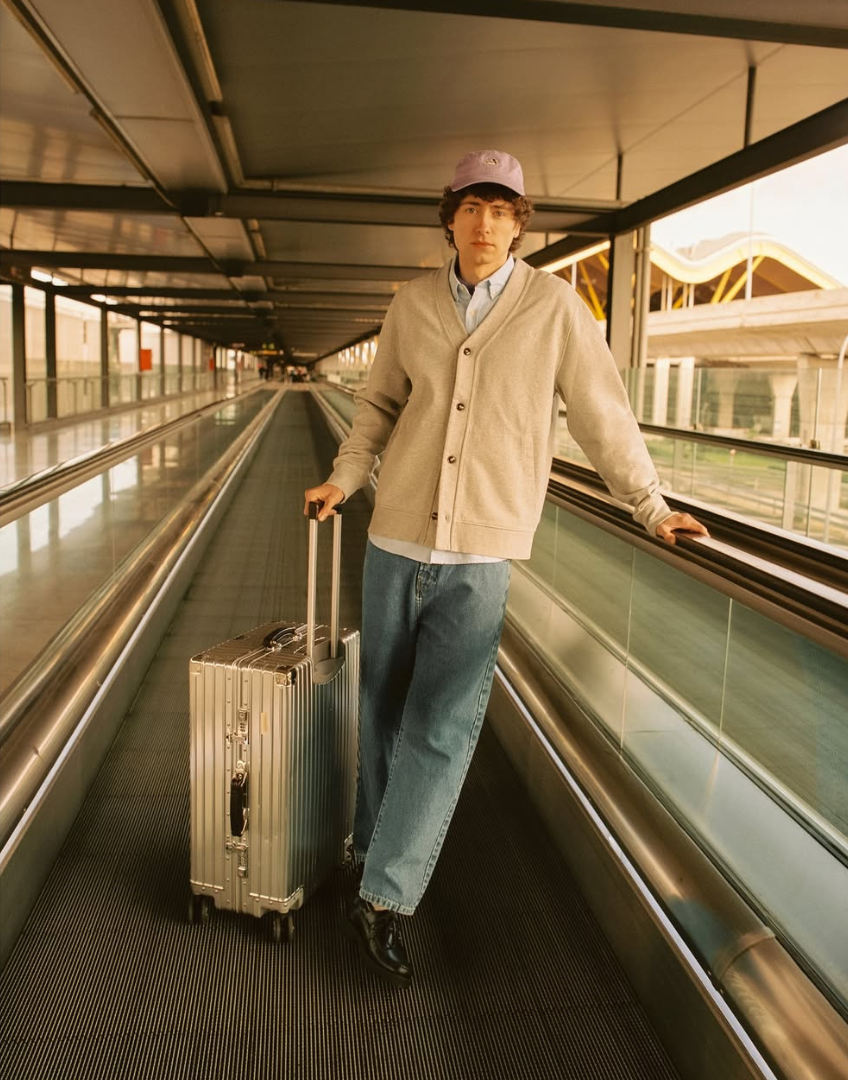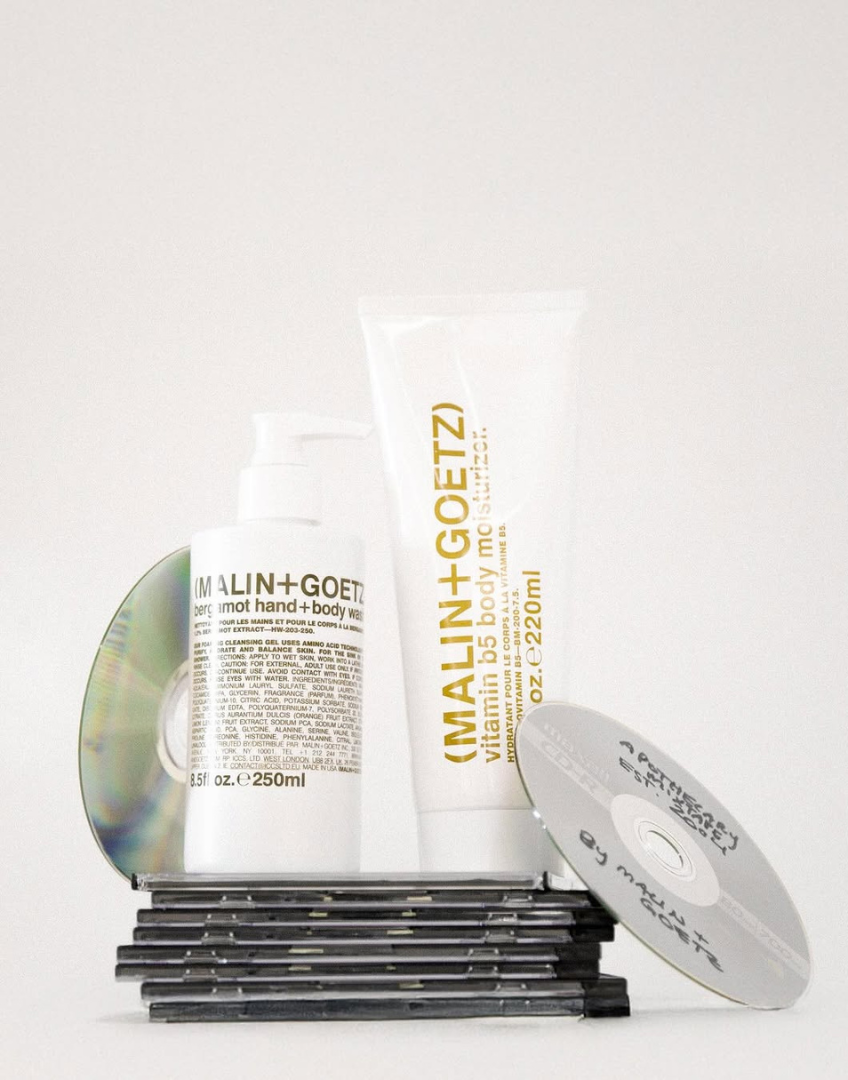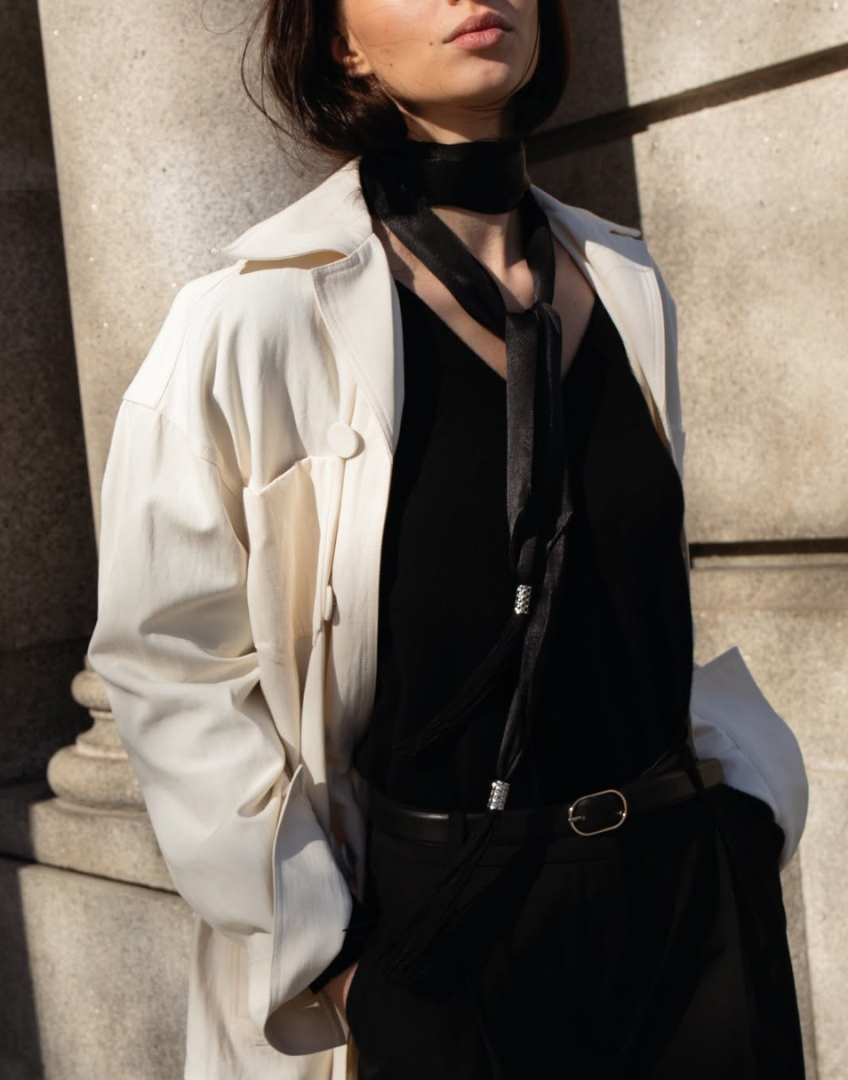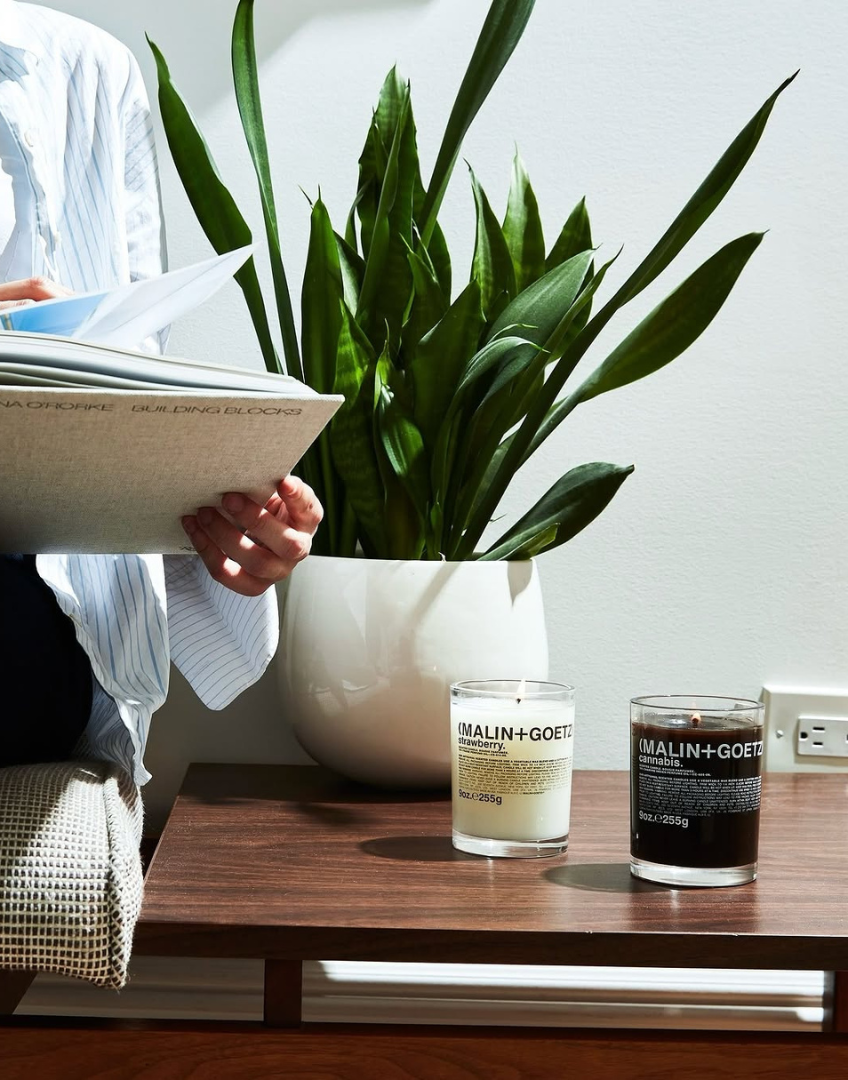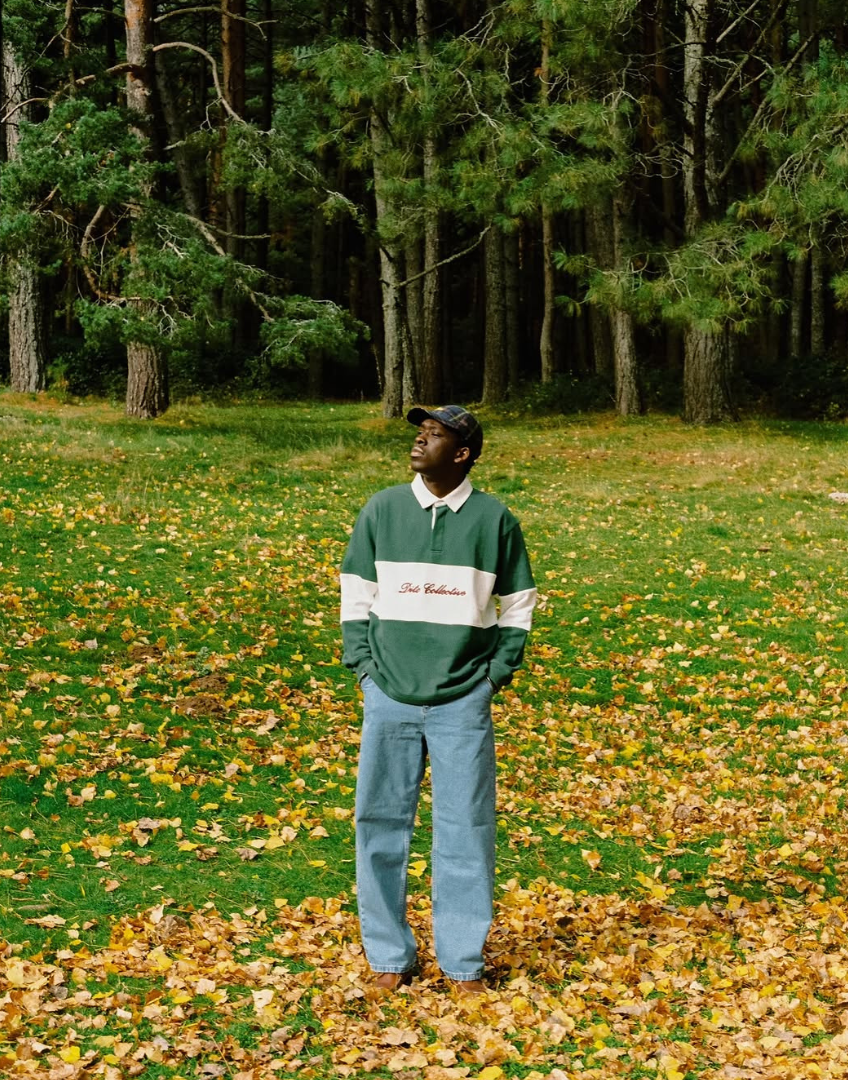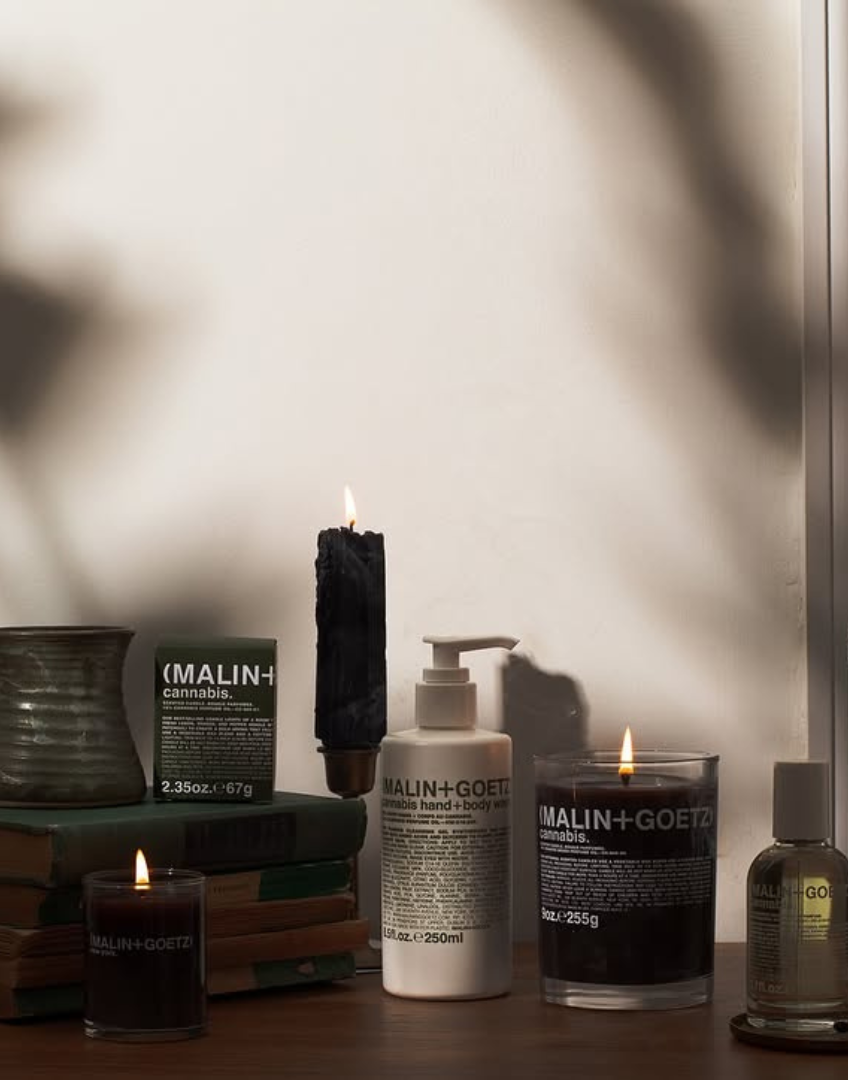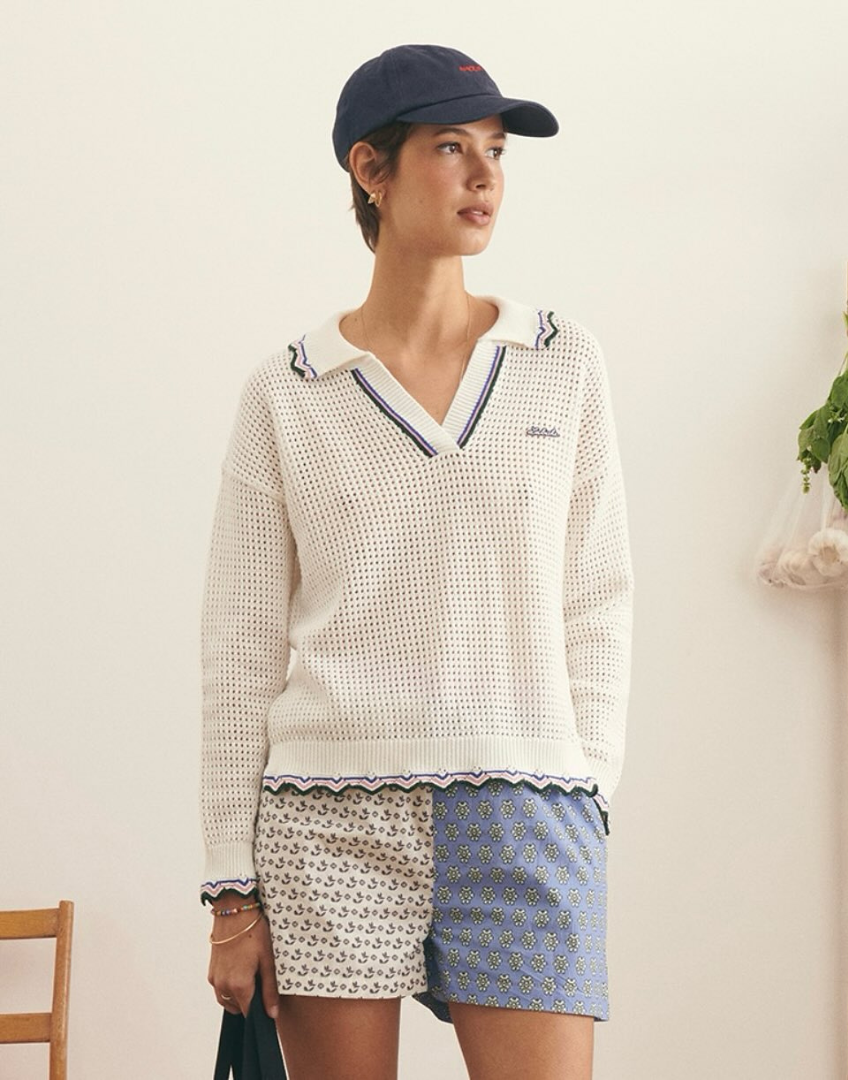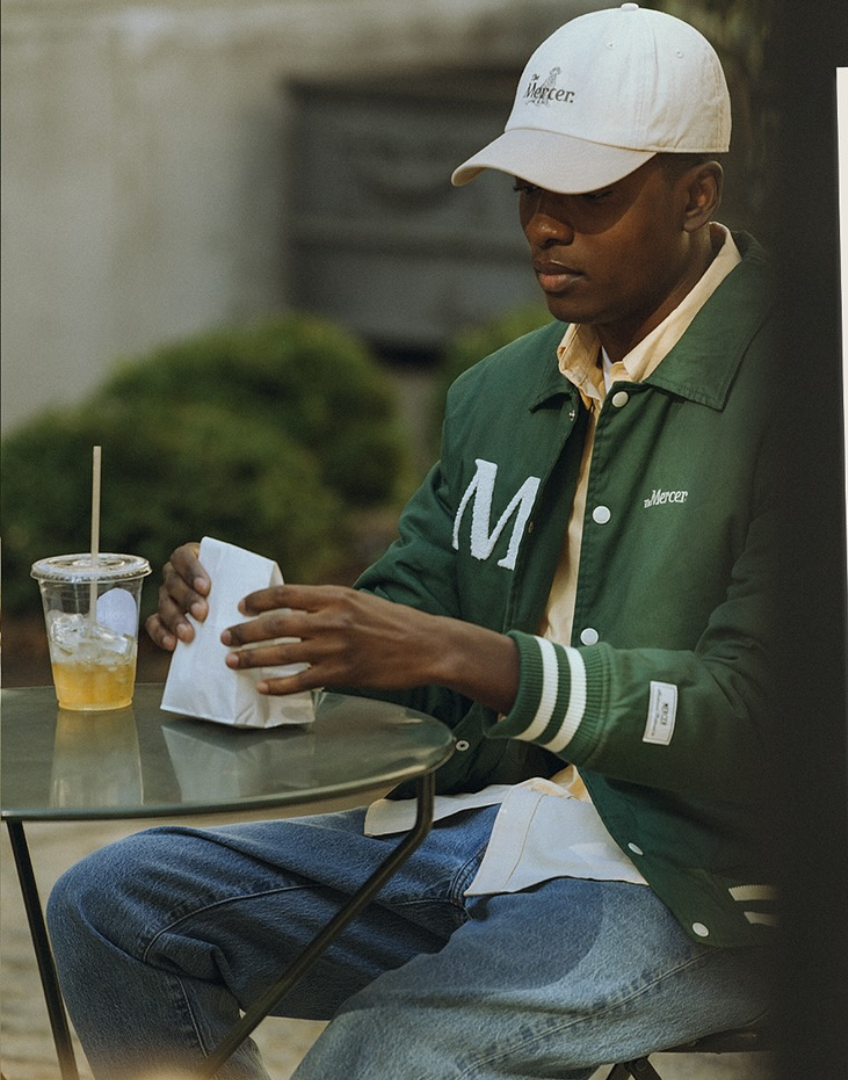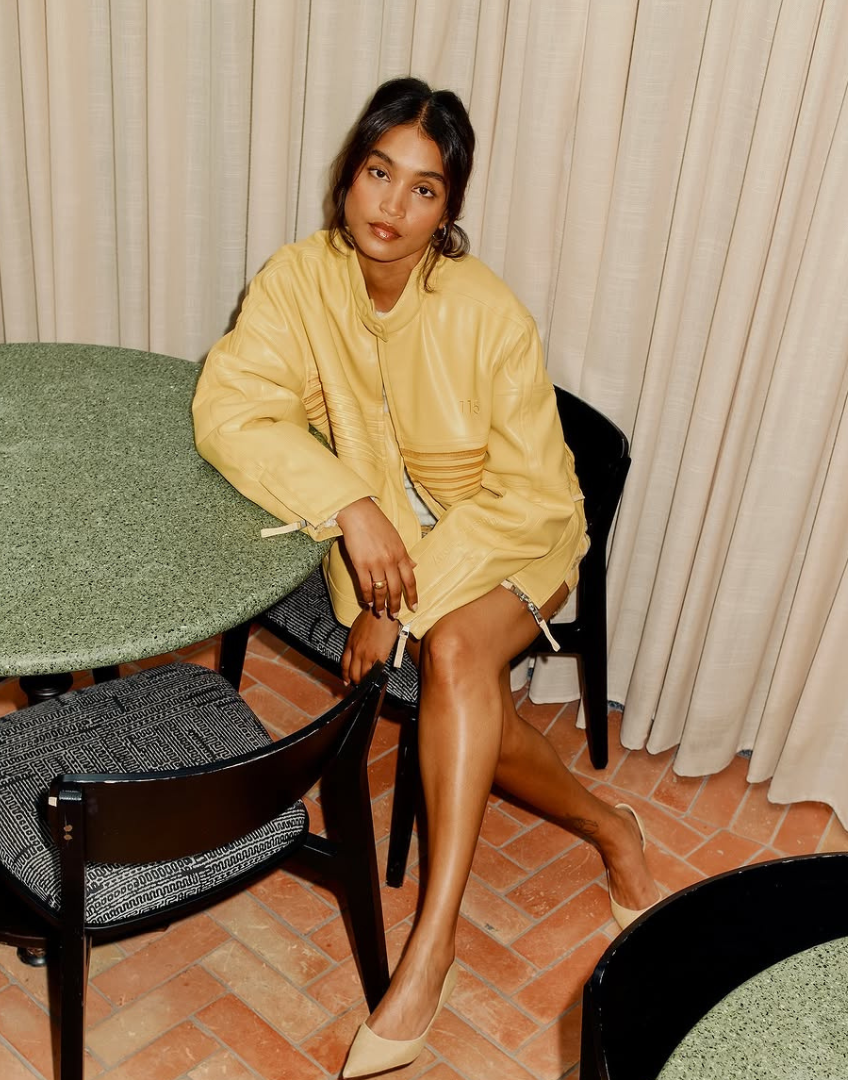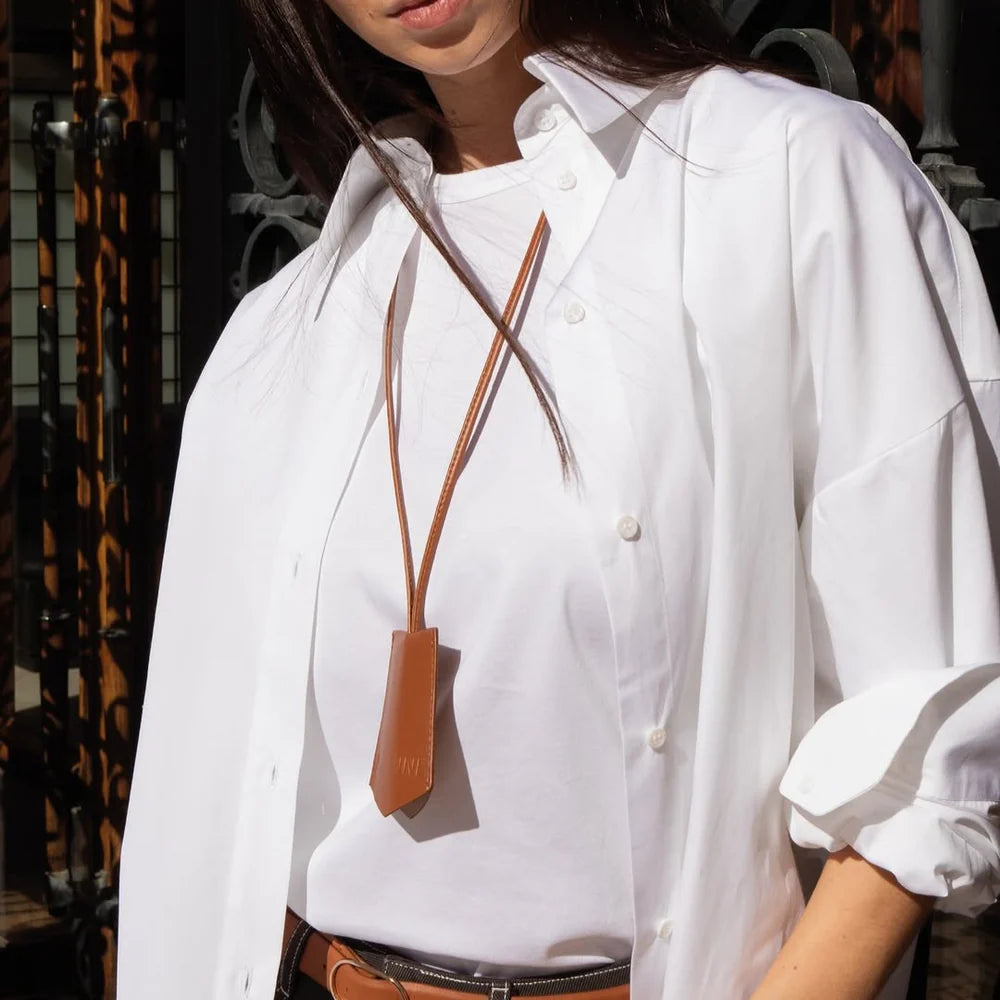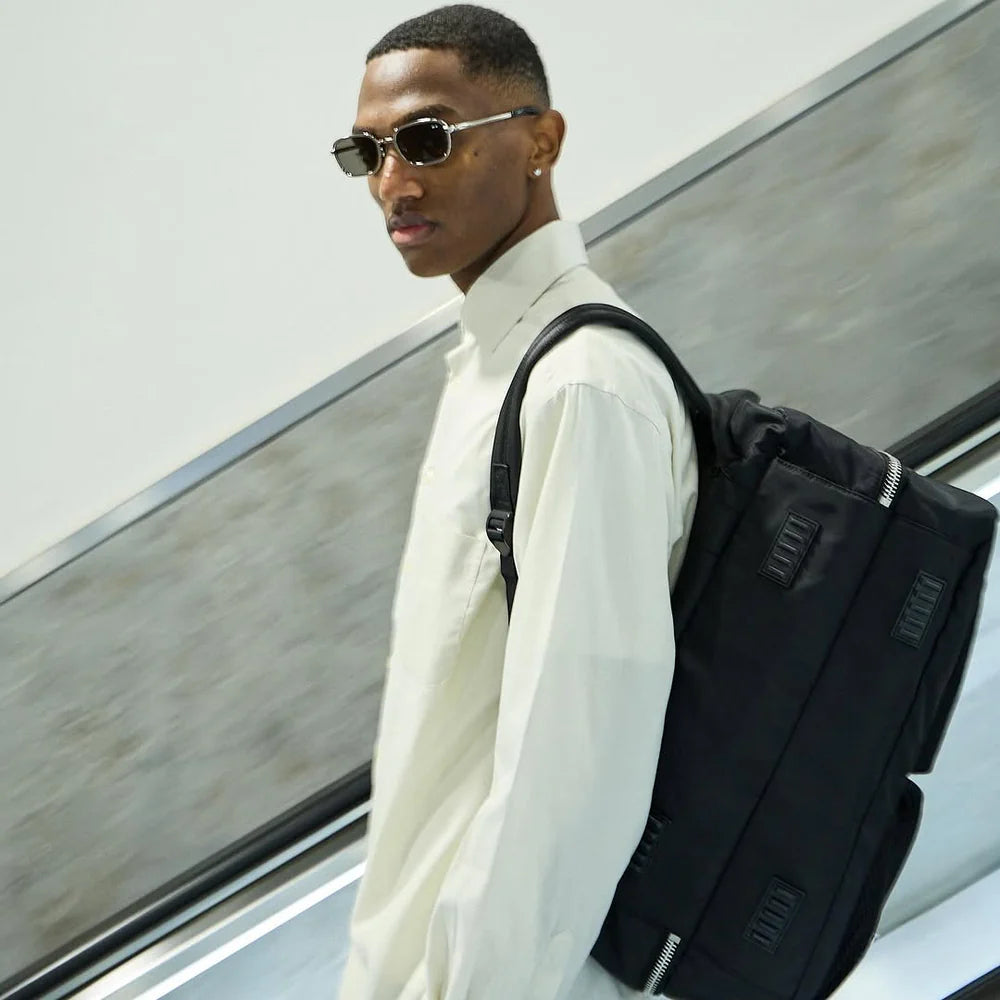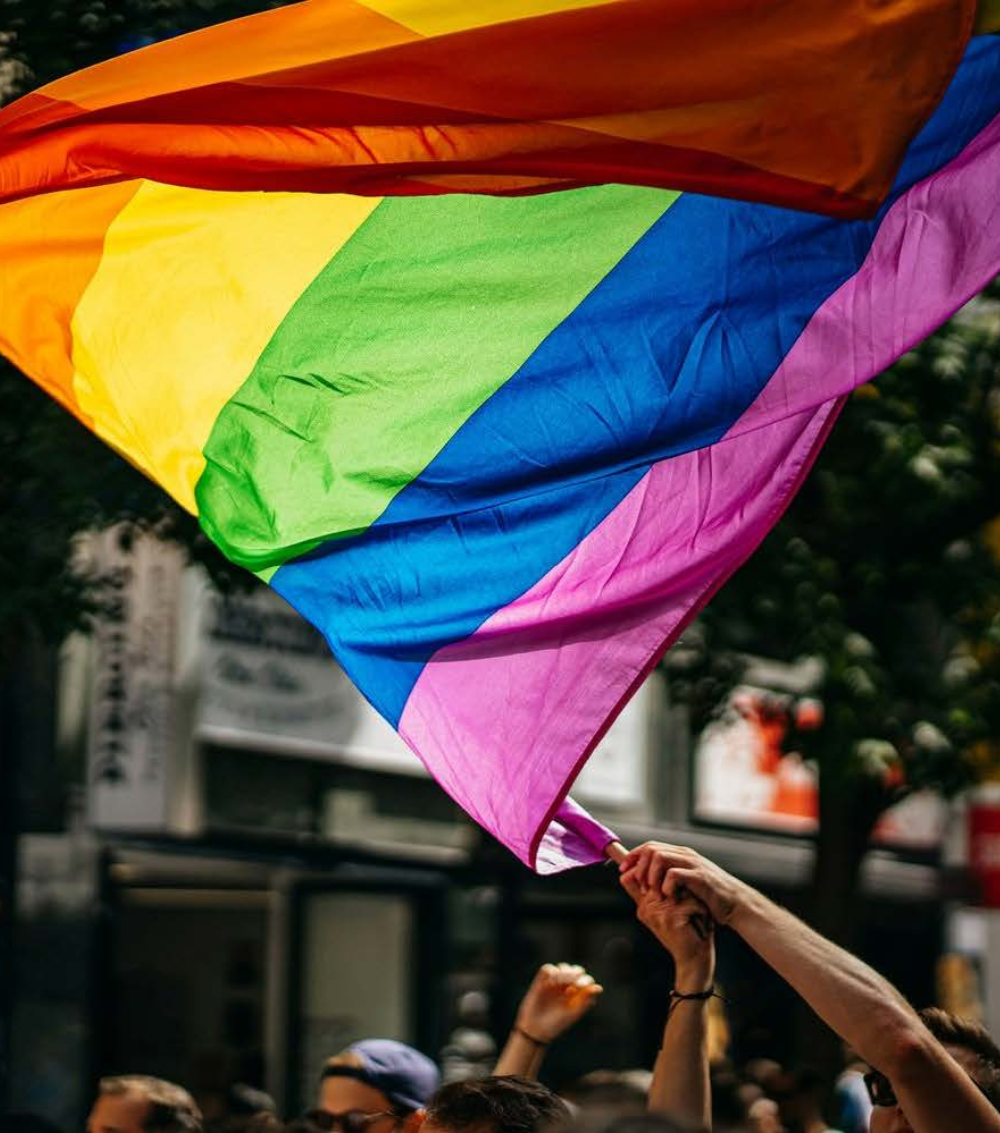LGBTQIA+ culture has long reshaped the way we dress, not just in expression, but in structure. From queer nightlife scenes to underground fashion movements, clothing became a language of resistance and freedom. Think oversized silhouettes, lace, mesh, leather, and mixed tailoring, all codes of gender play, confidence, and visibility that have since entered the mainstream. What was once provocative or underground is now common in curated wardrobes, thanks to generations that used clothes as both armor and celebration. These aesthetics have been absorbed by everyday fashion, on the streets, in stores, and online.
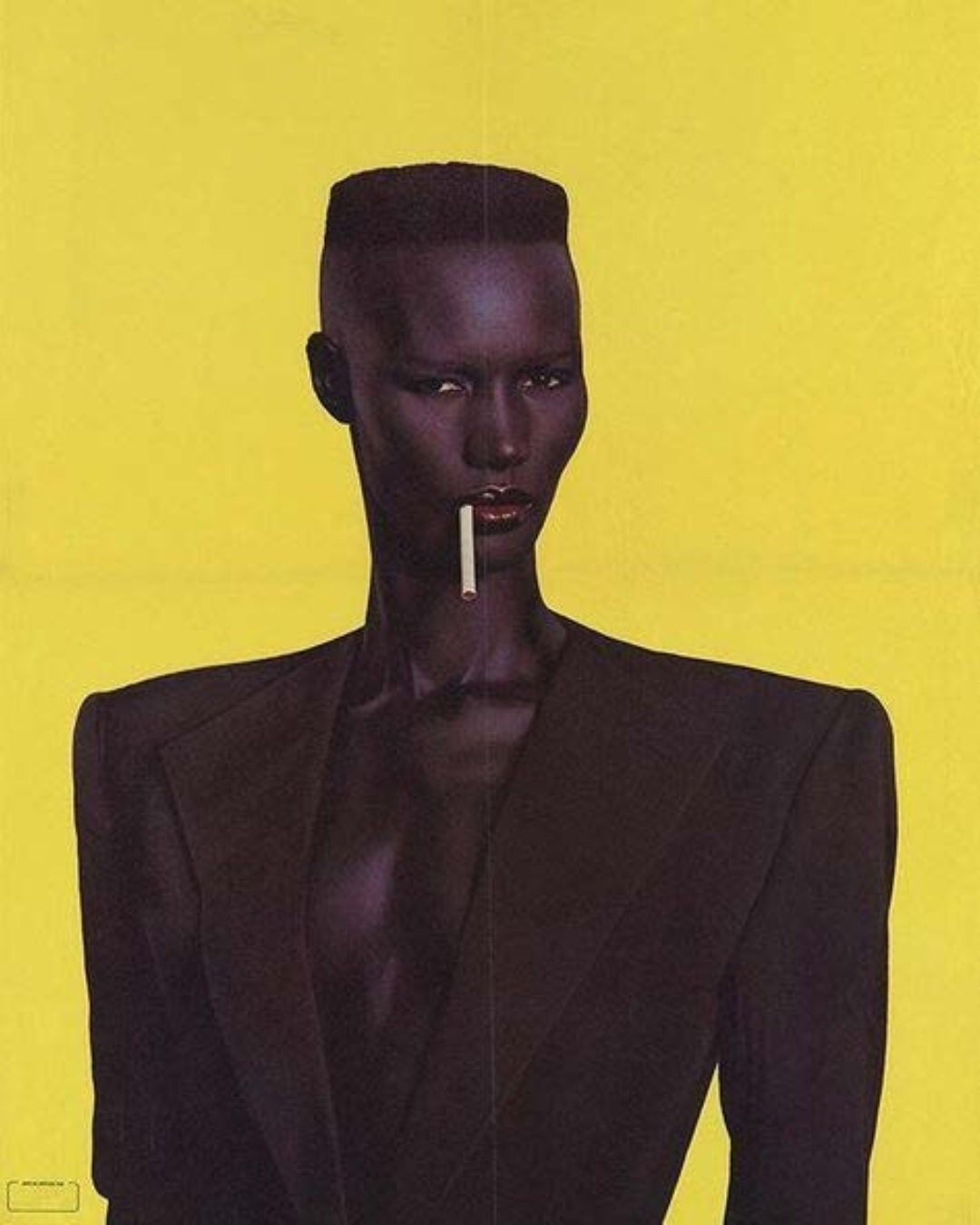
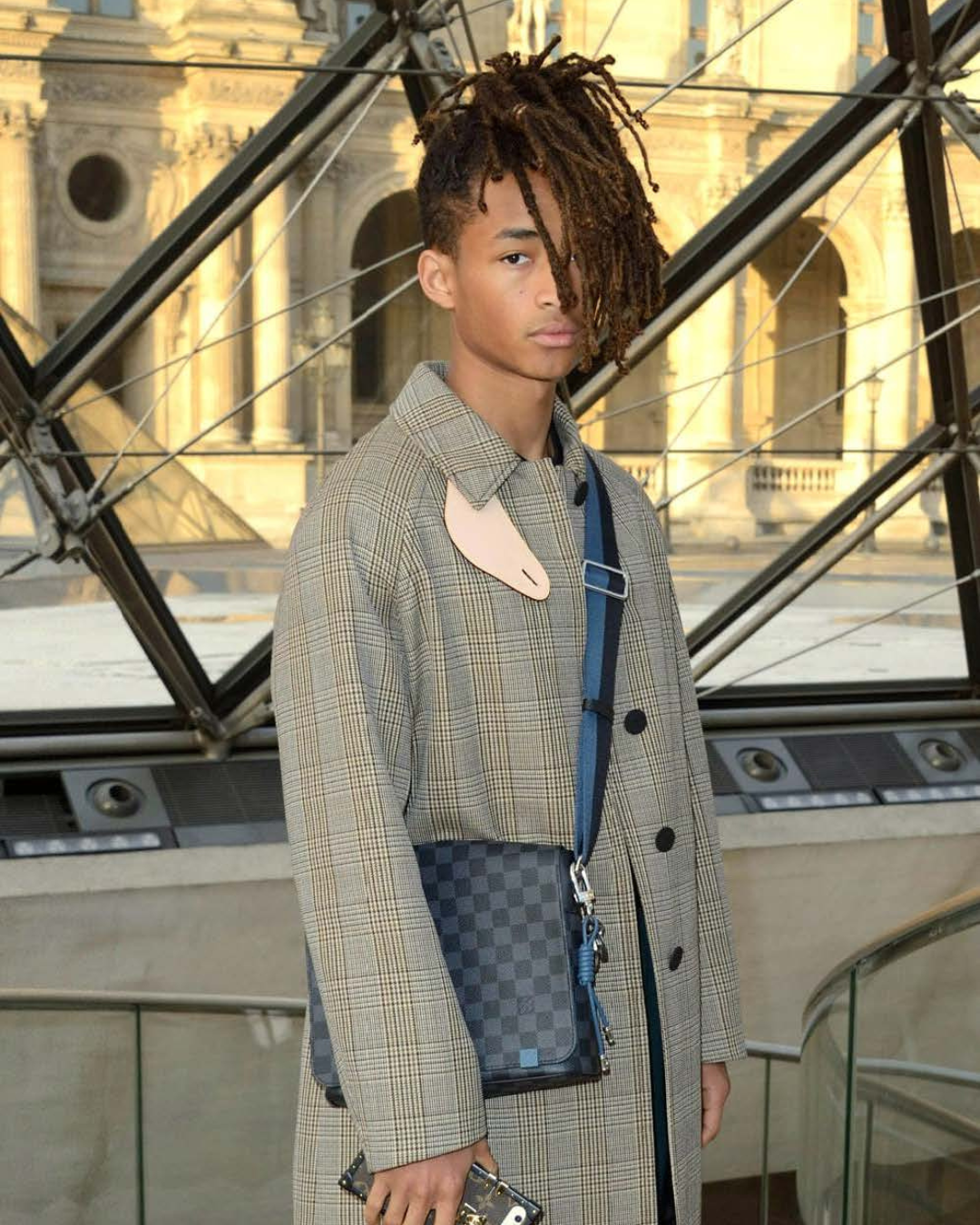

Today, gender-free fashion isn’t a trend, it’s a movement. Consumers are gravitating toward wide-leg trousers, boxy shirts, fluid knitwear, and structured coats designed for every kind of body, not just a gendered ideal. According to Business of Fashion, gender-neutral categories are among the fastest-growing segments in fashion retail, driven by Gen Z’s demand for authenticity and choice. Popular silhouettes like oversized button-ups, cargo trousers, and flowing skirts with sneakers are worn interchangeably across identities. Textures like ribbed cotton, tech nylon, or fluid viscose invite wearers to choose style over category, function over formality. And brands embracing this shift are the ones seeing long-term loyalty.
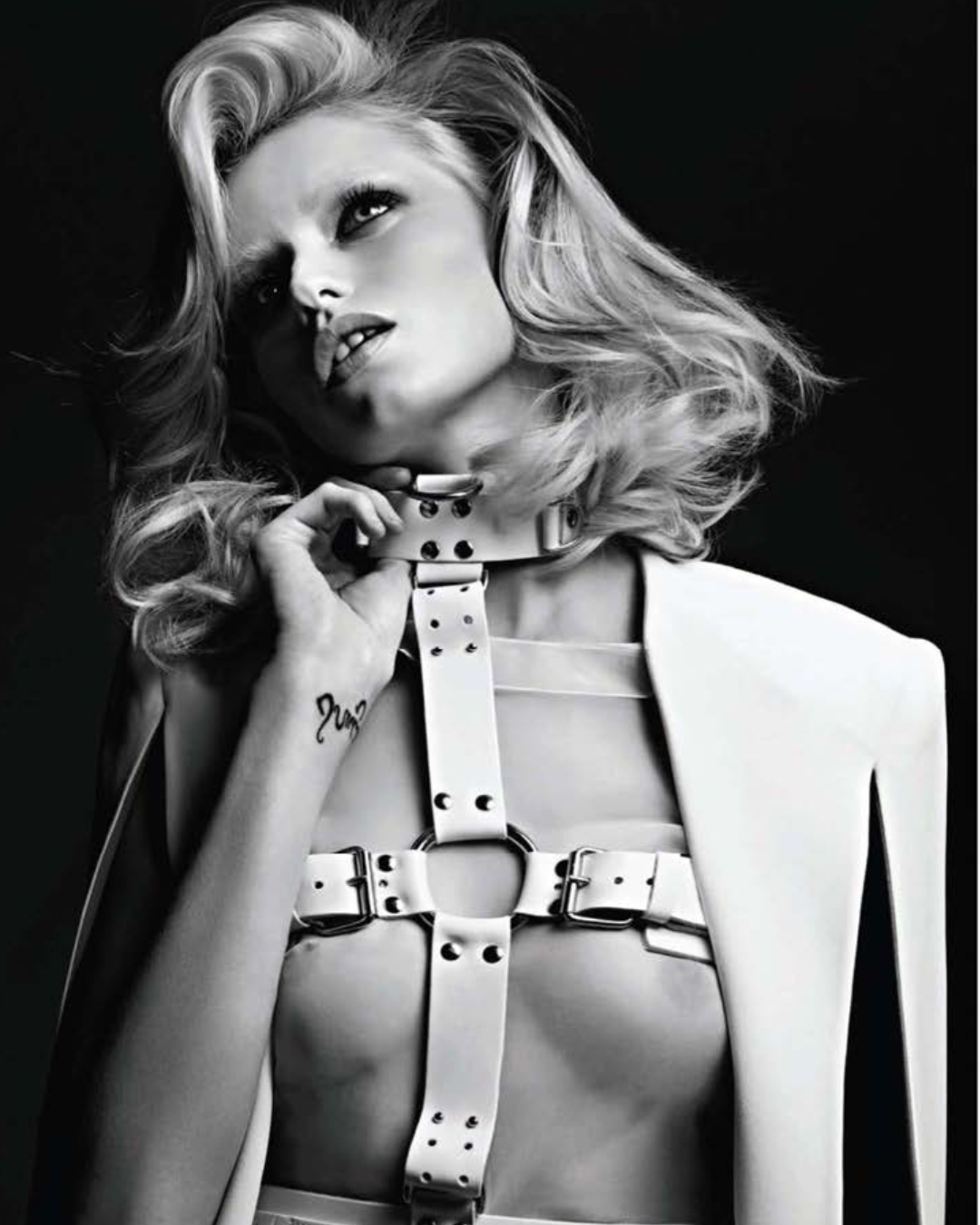
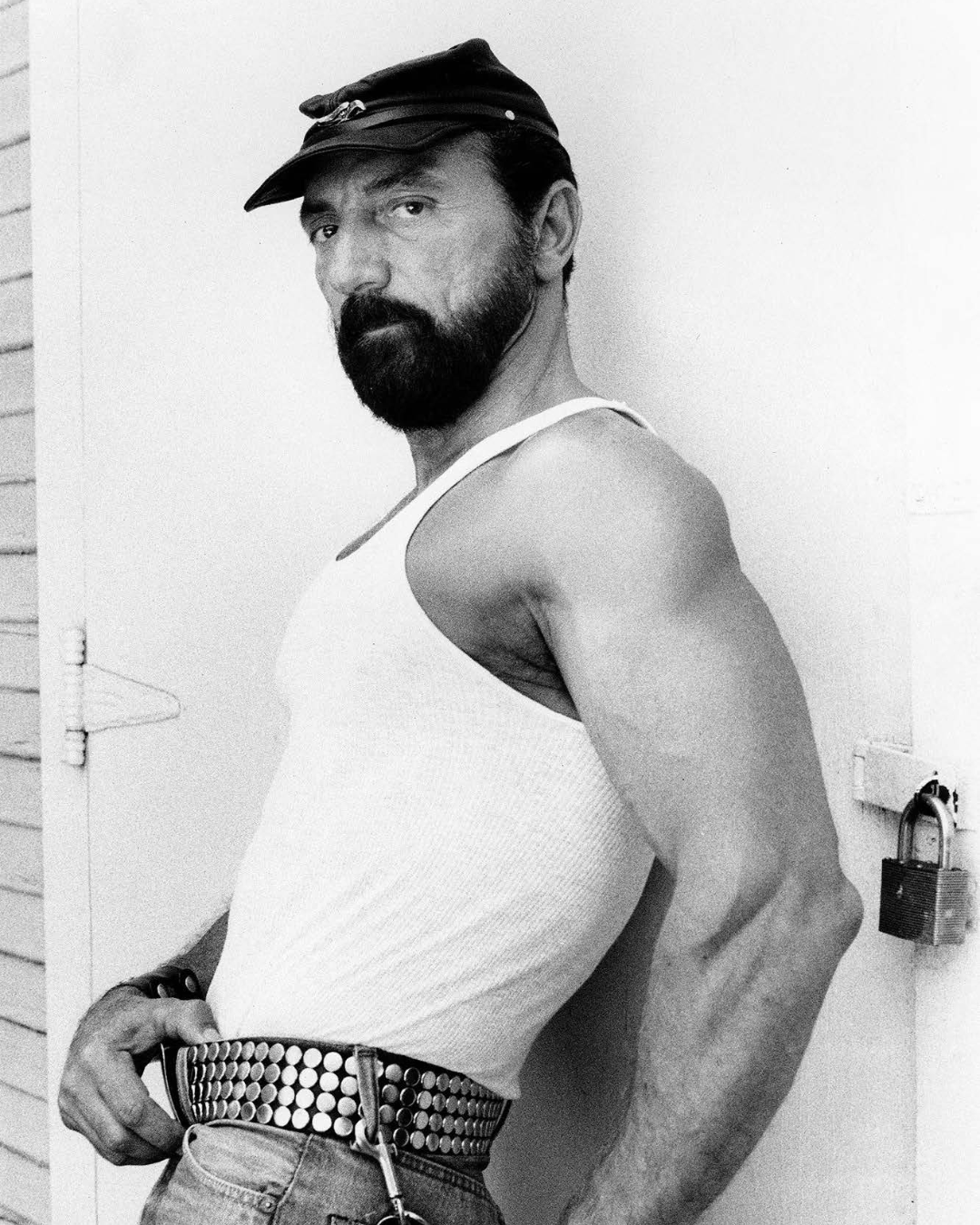
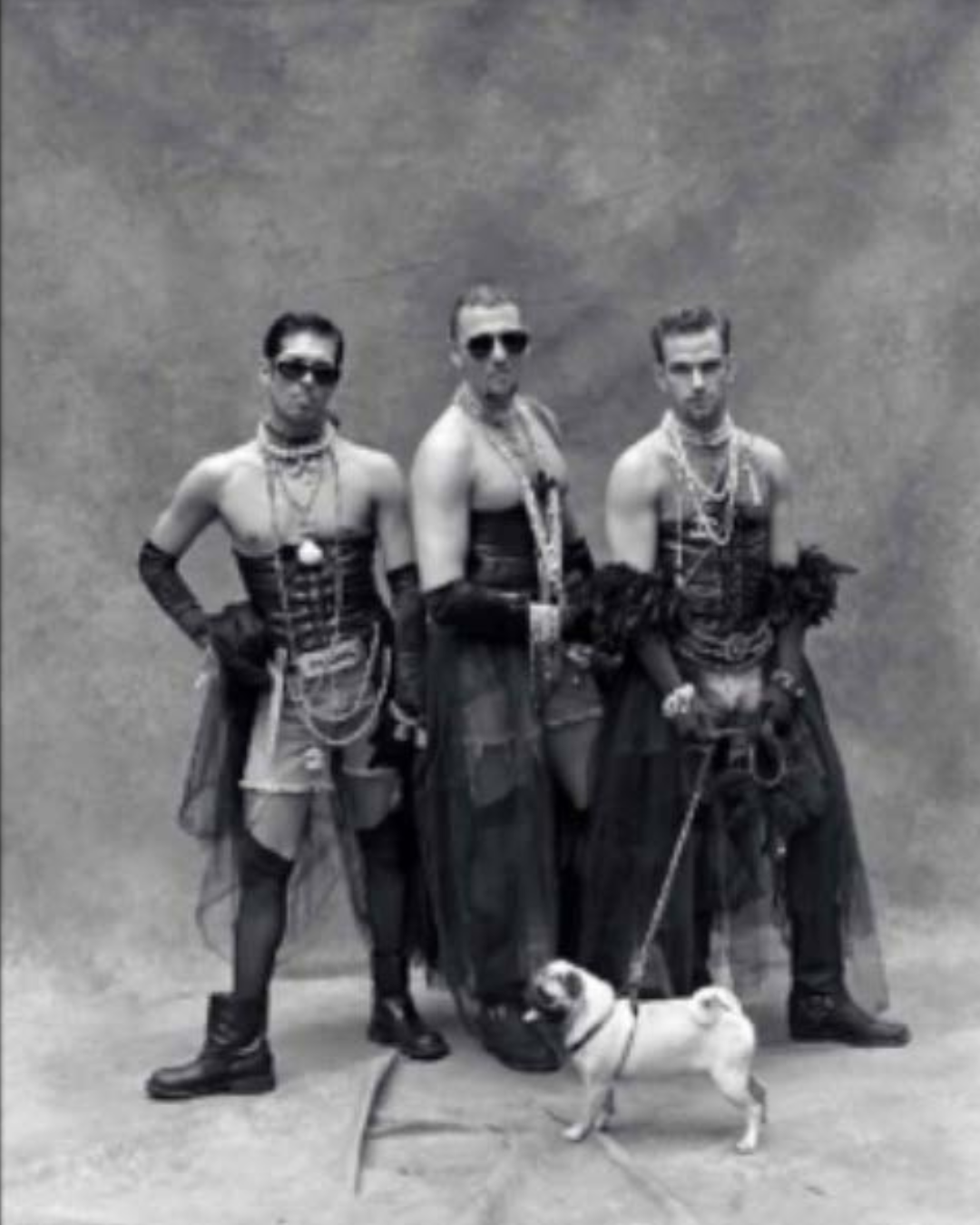
This evolution also celebrates sensuality. Sheer panels, open-back shirts, mesh tops, visible waistbands, or low-rise cuts are no longer confined to nightlife, they’re daywear statements. The freedom to show skin, to highlight curves, or to neutralize the body with minimalism is an act of liberation rooted in queer pride. A ribbed tank paired with cargo shorts can be just as expressive as a tulle shirt with oversized jeans. These contrasts reflect how sexuality and style can coexist subtly, not always loudly, depending on how the wearer wants to speak. Fashion has become a language of autonomy: of comfort, attraction, rebellion, and ease.
What unites these evolving styles is a shared ethos: authenticity over conformity, self-expression over restriction. Pride lives in the choice to wear something because it feels true to who you are, whether that means soft layers, bold graphics, bare skin, or loose structure. Fashion, shaped by queer culture, has become a tool not just of aesthetics, but of liberation.
Written by Tarso Garcez
Read more
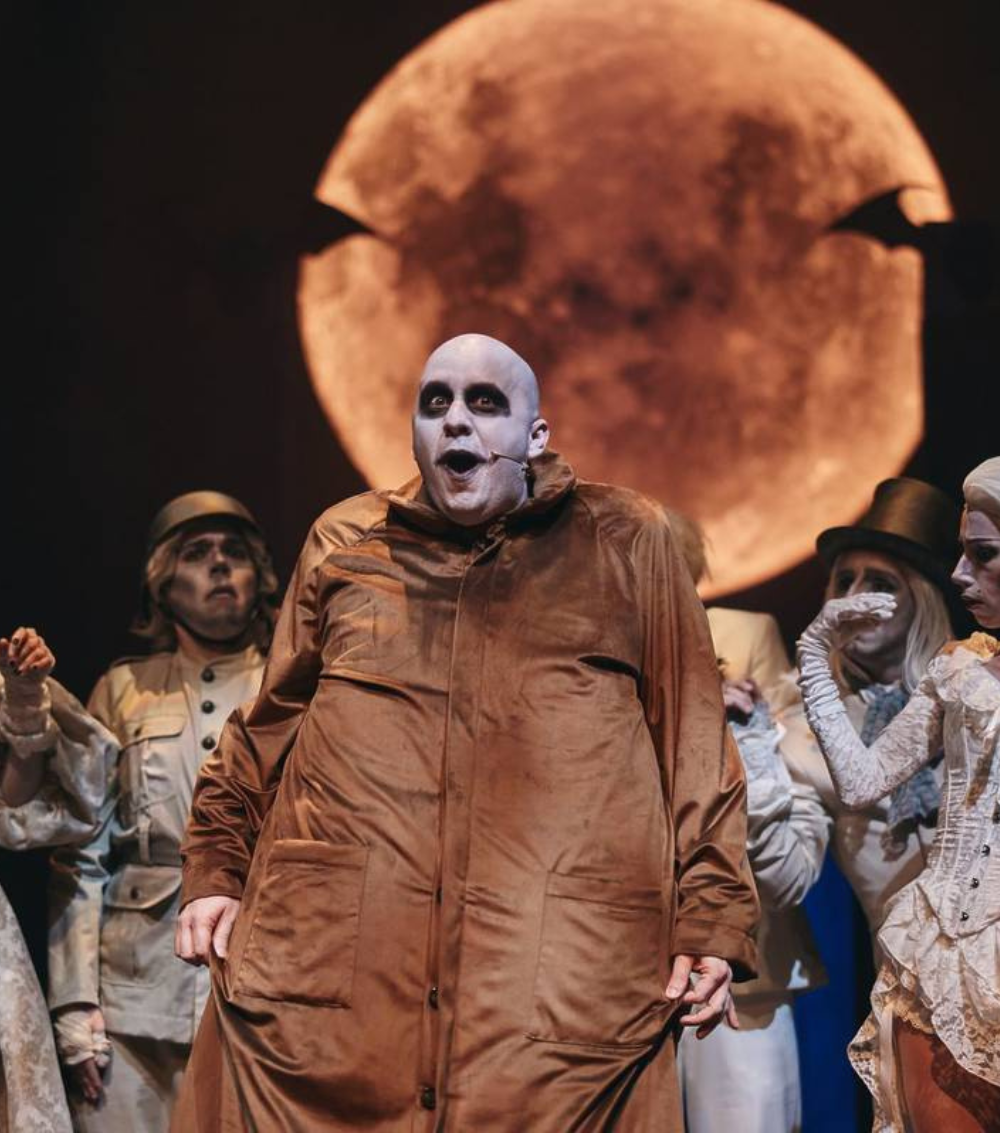
This summer, Lisbon transforms into a cultural playground—where Shakespeare dances to Portuguese rock, the Addams Family sings their hearts out, and historic venues come alive with music from aroun...
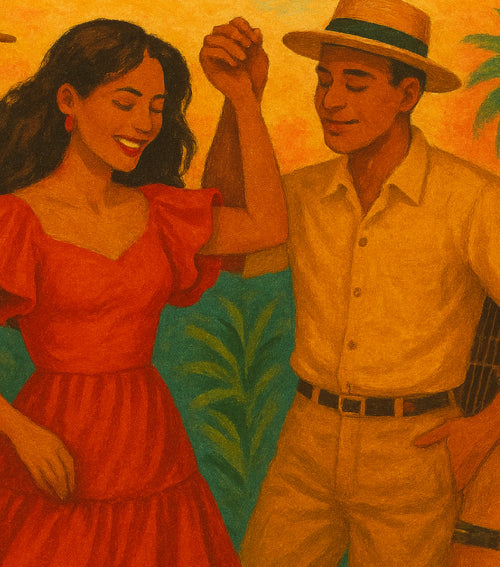
What we wear gives music a face. What we hear gives fashion its feeling. Together, they speak a language of identity, movement and memory.
